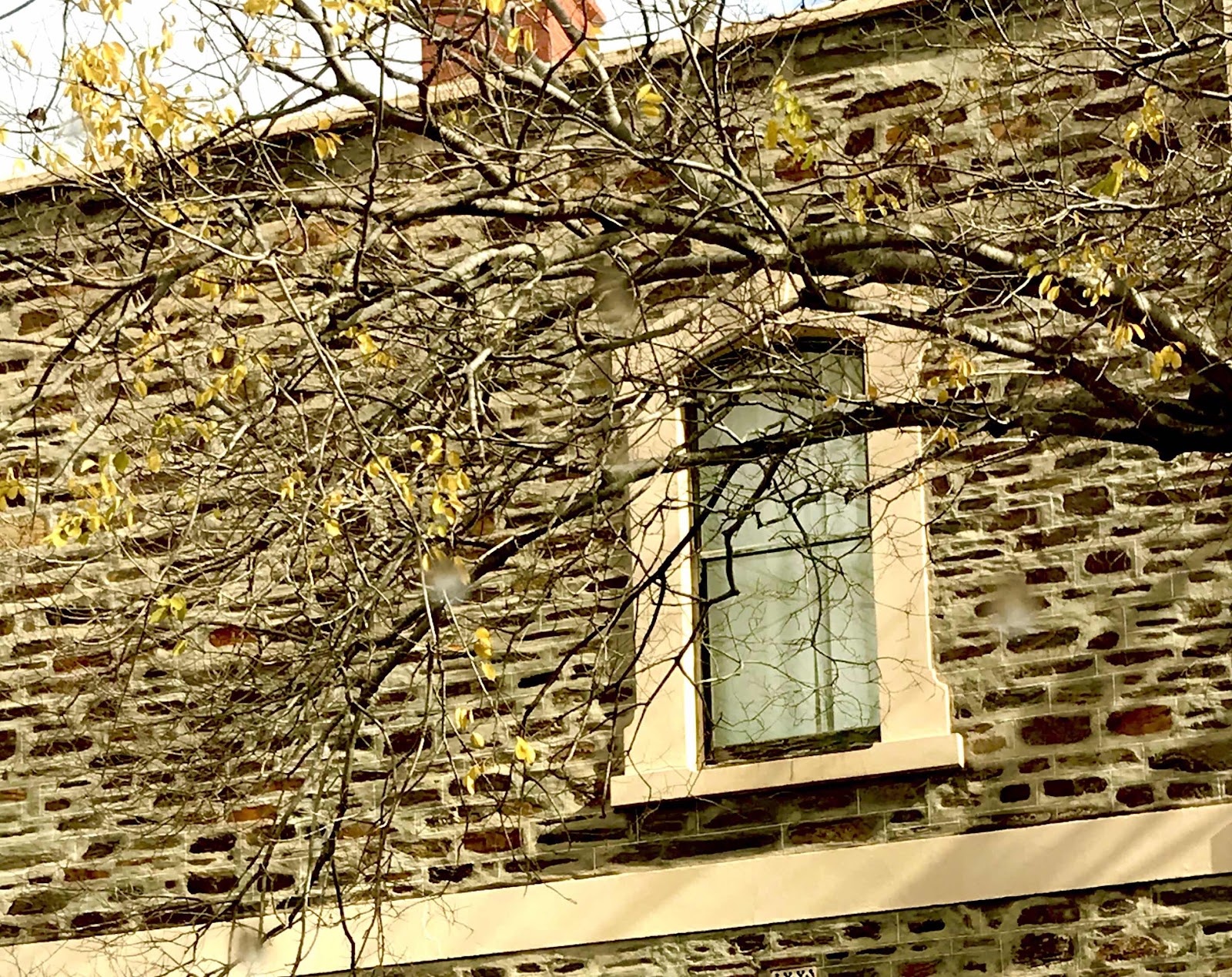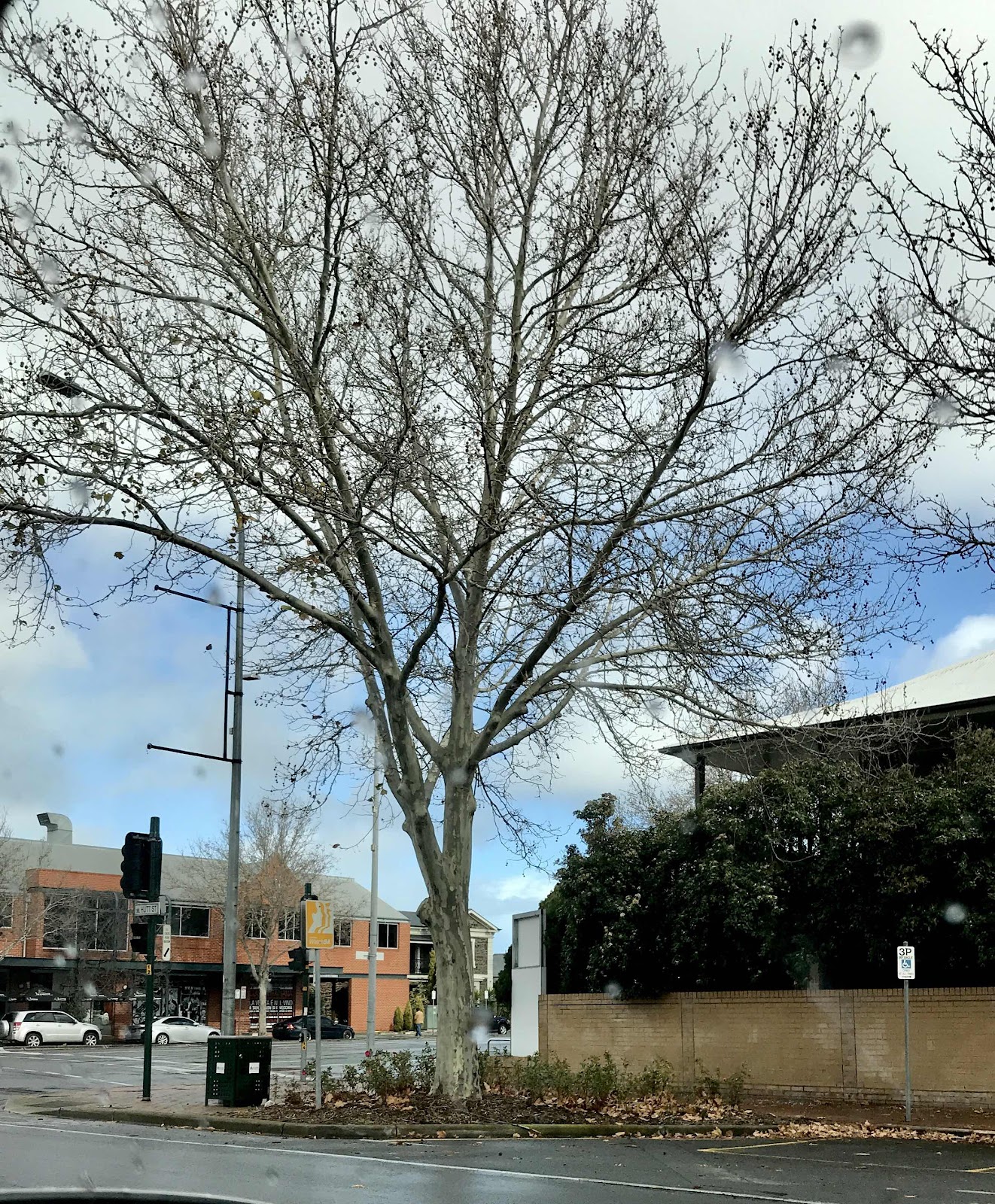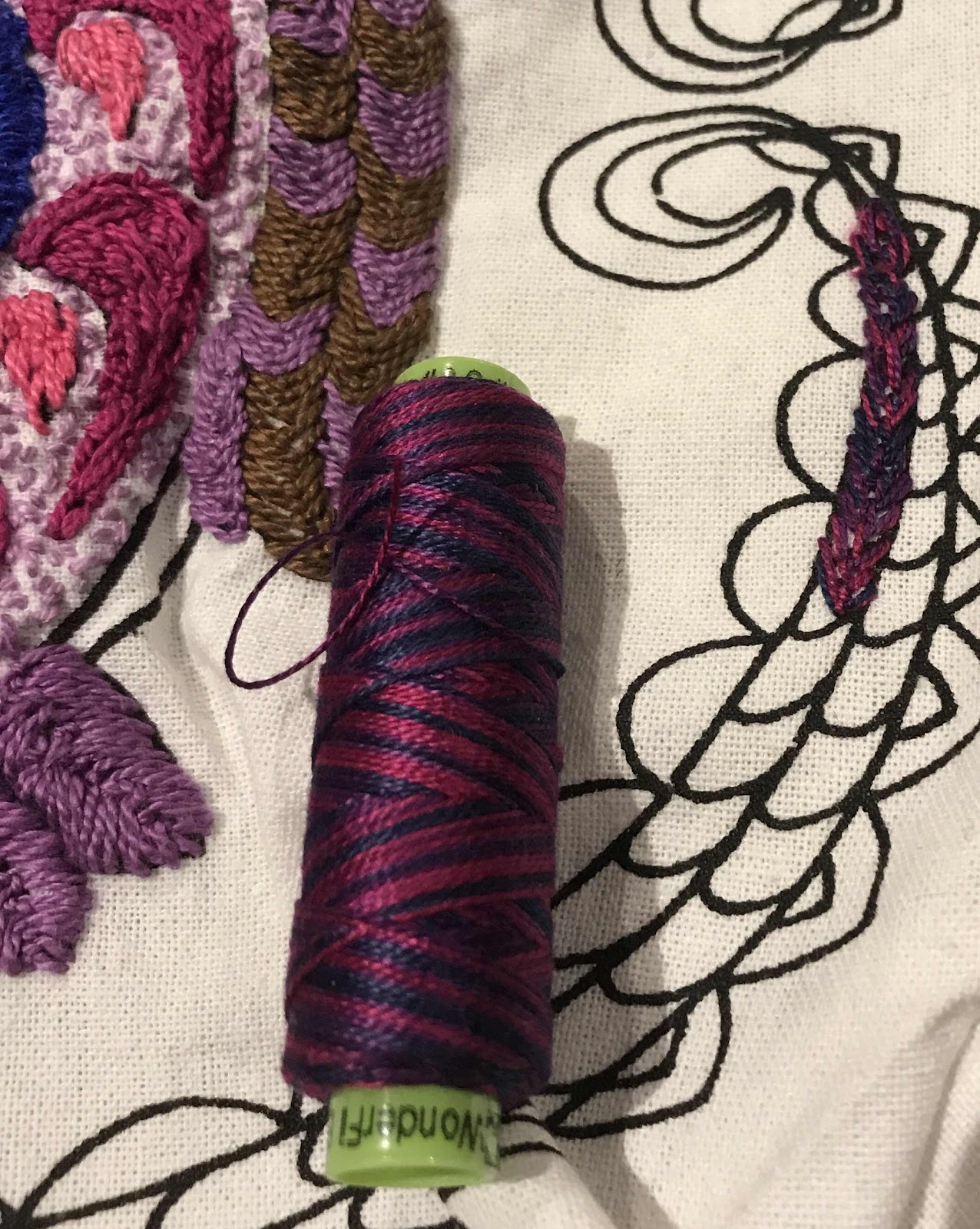Another cold, grey, showery day in Adelaide. I had the first face-to-face meeting of the Crime Fiction Book Club I was invited to join two months ago. There are seven members, three of whom have a teacher-librarian background and
were colleagues in various points in my paid working life.
Last month we met via Zoom, but today we met at the venue the group has used for years - a coffee shop in Norwood. Tables were set up to accommodate 20 customers inside. There were only 5 of us and we met for about an hour and a quarter.

For those interested, we discussed Cold Case by Quintin Jardine and Black Summer by M W Craven. I had only read Cold Case which I quite liked for its account of a mentoring process within a Scottish police force and the underlying ethical procedural stance. Black Summer is set in Cumbria - and was recommended by the three who had read it, so I must get hold of it.
I was also intrigued by a recommendation of one member who had Hercule Poirot and the Greenshore Folly, a previously unpublished Agatha Christie novella. The recent publication includes some background material. Christie reworked the original into the novel Dead Man's Folly. I did, of course, come home and order a copy. I figure there will be enough people interested in borrowing it to justify buying a hard copy.
I took a few photos while I was out. In spite of the grey sky, Adelaide looks good at this time of the year. The reasonably common stone buildings show up well against the increasingly bare trees.


I like the skeletons of trees against the sky. There wasn't a lot of traffic around this morning, making it easier to notice the trees and to take a few photos.
Back at home I finished reading Putting in the Colour: Contemporary Aboriginal Textiles compiled by Mary-Lou Nugent for Desart in 2000. It is beautifully illustrated and outlines the development of cloth printing in the Western Desert and Top End Aboriginal communities since the late 1960s, beginning with tie-dying and moving to batik design and printing. It is a fascinating account of knowledge transmission, and collaboration. In the 1990s there were visits between women in the Utopia community and batik artists in Yogyakarta. It collects accounts from many artists,presenting them in language and translation. The final chapter also discusses the dilemma for textile artists who can make a living more easily from painting on paper than from textiles which have much higher overheads.

I got the seed stitches finished on the owl.
I also experimented with thread to use on the framing motif. I remembered some Wonderfil Berganza Perle 8 cotton I have had for a while without using.
 I think it might work if I use it double.
I think it might work if I use it double.
It is still raining, and more to come. That's good news in Adelaide.
Last month we met via Zoom, but today we met at the venue the group has used for years - a coffee shop in Norwood. Tables were set up to accommodate 20 customers inside. There were only 5 of us and we met for about an hour and a quarter.
For those interested, we discussed Cold Case by Quintin Jardine and Black Summer by M W Craven. I had only read Cold Case which I quite liked for its account of a mentoring process within a Scottish police force and the underlying ethical procedural stance. Black Summer is set in Cumbria - and was recommended by the three who had read it, so I must get hold of it.
I was also intrigued by a recommendation of one member who had Hercule Poirot and the Greenshore Folly, a previously unpublished Agatha Christie novella. The recent publication includes some background material. Christie reworked the original into the novel Dead Man's Folly. I did, of course, come home and order a copy. I figure there will be enough people interested in borrowing it to justify buying a hard copy.
I took a few photos while I was out. In spite of the grey sky, Adelaide looks good at this time of the year. The reasonably common stone buildings show up well against the increasingly bare trees.
I like the skeletons of trees against the sky. There wasn't a lot of traffic around this morning, making it easier to notice the trees and to take a few photos.
Back at home I finished reading Putting in the Colour: Contemporary Aboriginal Textiles compiled by Mary-Lou Nugent for Desart in 2000. It is beautifully illustrated and outlines the development of cloth printing in the Western Desert and Top End Aboriginal communities since the late 1960s, beginning with tie-dying and moving to batik design and printing. It is a fascinating account of knowledge transmission, and collaboration. In the 1990s there were visits between women in the Utopia community and batik artists in Yogyakarta. It collects accounts from many artists,presenting them in language and translation. The final chapter also discusses the dilemma for textile artists who can make a living more easily from painting on paper than from textiles which have much higher overheads.
I got the seed stitches finished on the owl.
I also experimented with thread to use on the framing motif. I remembered some Wonderfil Berganza Perle 8 cotton I have had for a while without using.
It is still raining, and more to come. That's good news in Adelaide.

No comments:
Post a Comment